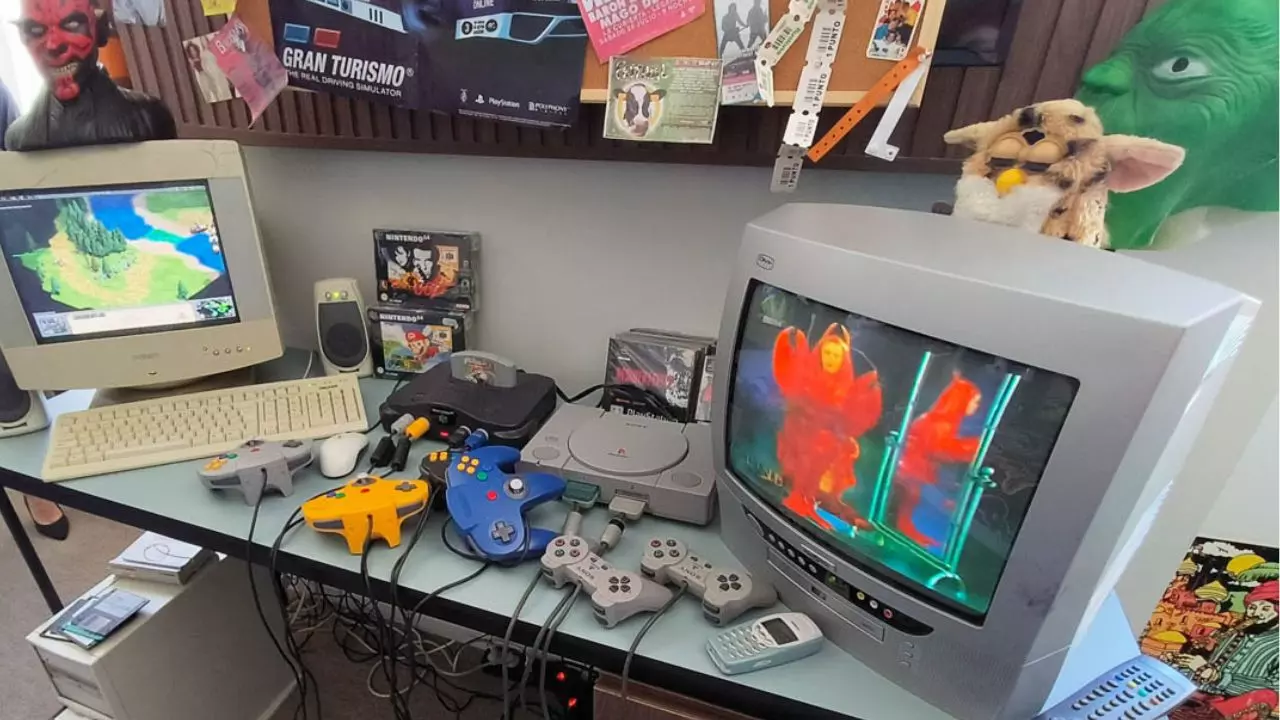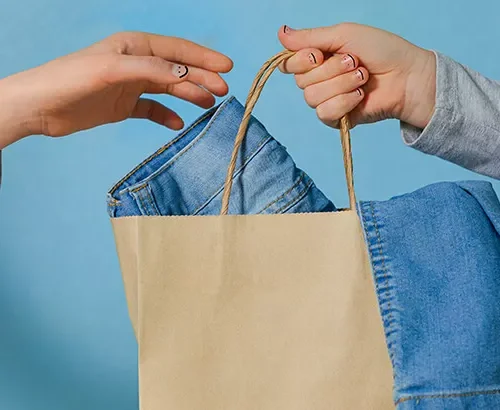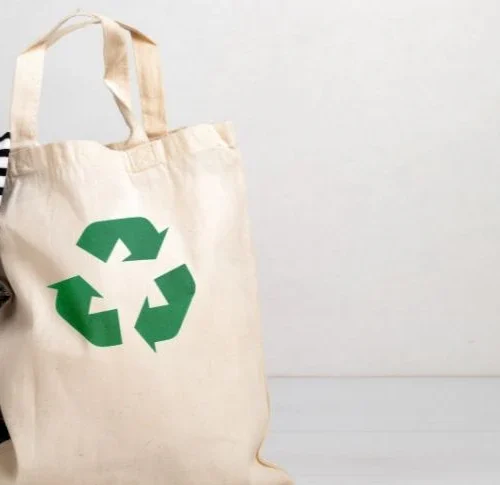
Until a few years ago, what was generally understood as the second-hand market ranged from classified ads in specialist magazines, the idealised (and touristy) flea markets in London or the marchés aux puces in Paris and clothes or baby stuff that the cousin gave as a gift because she wanted to get them out of the house.
Wearing clothes or buying used things that were not antiques had a certain stigma of poverty, it was frowned upon. Again, as in many other businesses, the application of the layer of technology and the birth of exchange platforms has allowed the popularisation of this buying and selling, which, little by little, is moving away from the exclusive agreement between individuals to attract more and more companies.
The market, although dispersed and unstructured, is already beginning to show interesting numbers. In Spain alone, the second-hand market moved 5.5 billion euros in 2023, according to the Radiografía de la Segunda Mano of the Milanuncios portal.
Experts speak of a clear change in mentality. “Buying and selling reused products is no longer a trend, it is a fully established consumer reality in Spain,” explains Edurne de Oteiza, director of management and innovation at Wallapop. In their study, The Network of Change 2024, they state that 94% of Spaniards consider buying second-hand products on any purchase occasion, 65% of Spaniards already make these purchases regularly throughout the year and nine out of 10 Spaniards are considering increasing their purchases of reused objects in the next three years.
So what has happened to the prejudice? “Most people who opt for second-hand clothing, for example, do so out of environmental responsibility, for price and because it is cool, because it is a form of personal expression,” explains Raúl González, consultant and founder of Ecodicta, a sustainable fashion platform.
“The price factor is key for the majority of buyers, but 47% also buy for non-economic reasons, such as more responsible consumption or finding original or discontinued products,” adds the Wallapop study. Although the younger generations are currently swinging “between buying cheap and a lot on Shein and similar fast fashion platforms (cheap fashion, fast consumption and poor quality) or opting for more sustainable items, waste and overconsumption are increasingly frowned upon by younger customers, who are more aware in terms of sustainability,” González explains.







